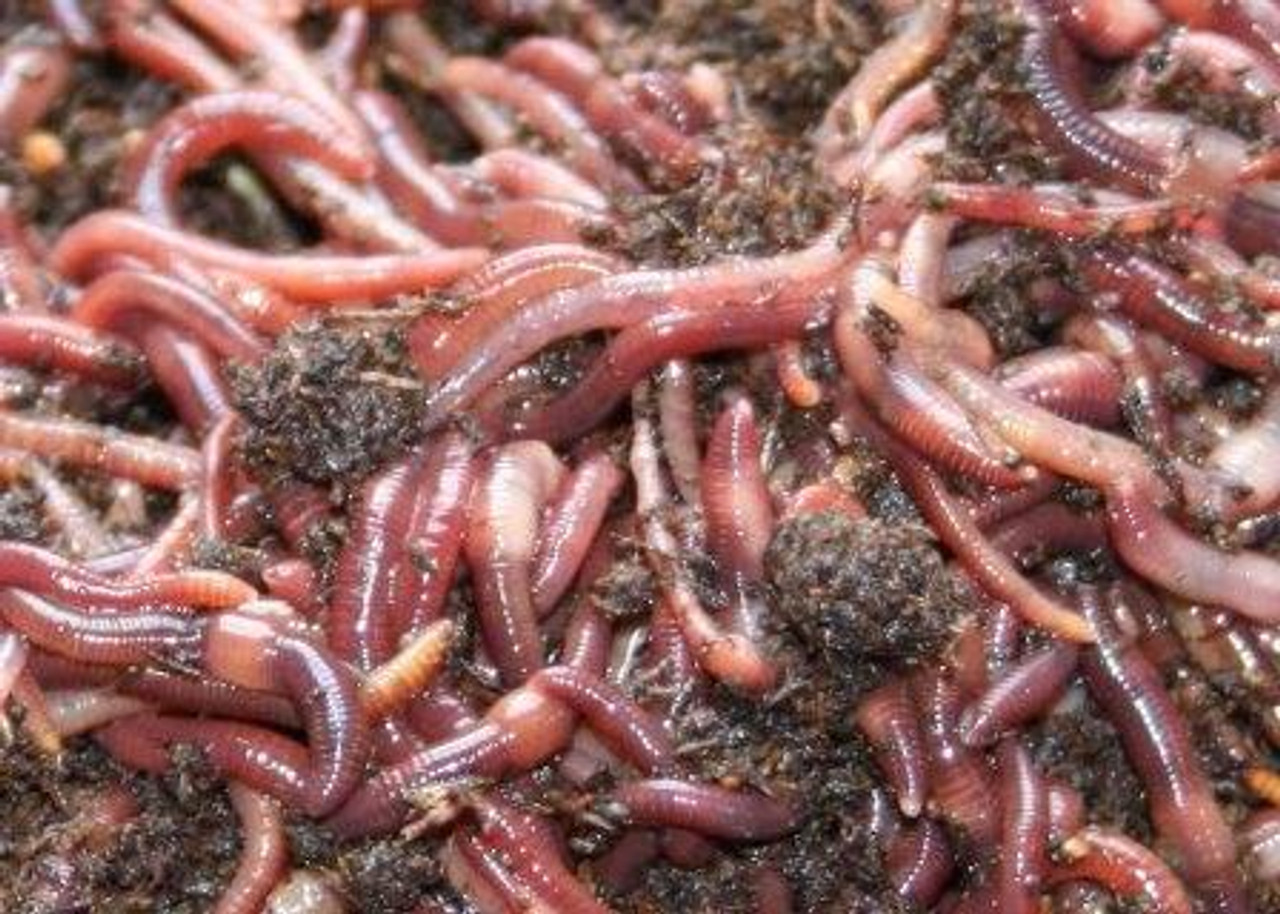Red Wigglers: The Unsung Heroes of Organic Waste Recycling
Red wigglers, or Eisenia fetida, serve as crucial agents in the natural waste reusing process, changing disposed of products right into useful vermicompost. As the world increasingly looks for options to combat waste buildup and enhance agricultural productivity, understanding the duty of these worms ends up being important.
What Are Red Wigglers?
The remarkable resilience of red wigglers, medically called Eisenia fetida, emphasizes their vital role in natural waste recycling. These little, reddish-brown earthworms are typically discovered in breaking down raw material, such as compost heap and manure stacks. Lake Hickory Bait. Unlike various other earthworm varieties, red wigglers grow in nutrient-rich settings and are very effective at damaging down organic materials, making them important for vermicomposting

(Red Wiggler Express)In enhancement to their role in waste reduction, red wigglers add to dirt health and wellness by enhancing dirt framework and oygenation through their burrowing activities (Lake Hickory Bait). Their existence in composting systems not just boosts decomposition prices however likewise advertises a sustainable approach to squander management, highlighting their value in eco-friendly conservation efforts
Advantages of Composting With Worms
Composting with worms, particularly red wigglers, uses numerous advantages that enhance both waste administration and dirt health. First, these worms successfully break down organic waste, transforming it into nutrient-rich vermicompost that improves dirt. This process increases disintegration, enabling a much faster recycling of kitchen area scraps and various other organic materials contrasted to conventional composting techniques.
Additionally, the vermicompost created by red wigglers is teeming with advantageous bacteria, which aid boost dirt structure, aeration, and moisture retention. This boosts the total wellness of plants, promoting strenuous development and enhanced yields in yards and farming setups. Furthermore, using worms in composting minimizes the production of greenhouse gases, such as methane, adding to an extra lasting waste administration system.

Exactly How to Beginning Vermicomposting
Developing a vermicomposting system is a straightforward process that can generate significant benefits for both waste management and soil enrichment. To begin, pick an ideal container, such as a plastic container or wooden box, with adequate ventilation openings to ensure proper airflow. The dimensions ought to preferably be about 2 feet by 3 feet, permitting ample space for the worms to thrive.
Next, prepare bed linen material, which can include shredded newspaper, cardboard, or coconut coir. This bed linen needs to be dampened to develop an ideal habitat for the worms. When the bed linen is in place, present red wigglers (Eisenia fetida) into the bin, normally around one extra pound of worms for each square foot of surface location.
Following the placement of worms, add organic waste, such as fruit and vegetable scraps, coffee premises, and crushed eggshells. With these actions, you will successfully launch a vermicomposting system that adds to sustainable waste management and enhances your soil.
Preserving a Healthy And Balanced Worm Bin
(Red Wiggler Express)Keeping a worm bin thriving needs regular interest and like make certain the health and wellness of the red wigglers and the efficiency of the composting procedure. Proper maintenance starts with monitoring the wetness degrees; the bin must perspire yet not waterlogged. An excellent guideline of thumb is to keep a consistency similar to a wrung-out sponge.
Delicately mixing the bedding and food scraps every few weeks stops compaction and makes certain that all worms have access to oxygen. Furthermore, it is vital to feed the worms properly.
If the container comes to be too hot or cold, the worms might end up being stressed out. By vigilantly handling these elements, one can maintain a durable and efficient worm bin.
Influence On Lasting Living
The successful maintenance of a worm container not just benefits the wellness of red wigglers yet likewise contributes considerably to lasting living techniques. By recycling organic waste, such as kitchen scraps and lawn particles, red wigglers assist draw away considerable amounts of product from garbage dumps. This decrease in waste not only lowers greenhouse gas exhausts but likewise lessens the environmental concern related to waste management.
In addition, the castings produced by red wigglers work as a nutrient-rich organic fertilizer, improving soil health and wellness and promoting plant development. This natural alternative to chemical plant foods supports lasting agriculture and gardening methods, minimizing reliance on synthetic inputs that can damage ecosystems. Furthermore, resource worm composting fosters awareness of waste monitoring, encouraging people and neighborhoods to take on more lasting routines.

Verdict
In summary, red wigglers work as important factors to natural waste recycling with their reliable decay of natural products. Their capacity to produce nutrient-rich vermicompost enhances soil health and supports sustainable agricultural methods. By integrating vermicomposting into waste management techniques, people and neighborhoods can dramatically minimize waste while promoting ecological sustainability. The role of Eisenia fetida in promoting healthy and balanced ecosystems underscores the value of these organisms in accomplishing sustainable living and boosting dirt fertility.